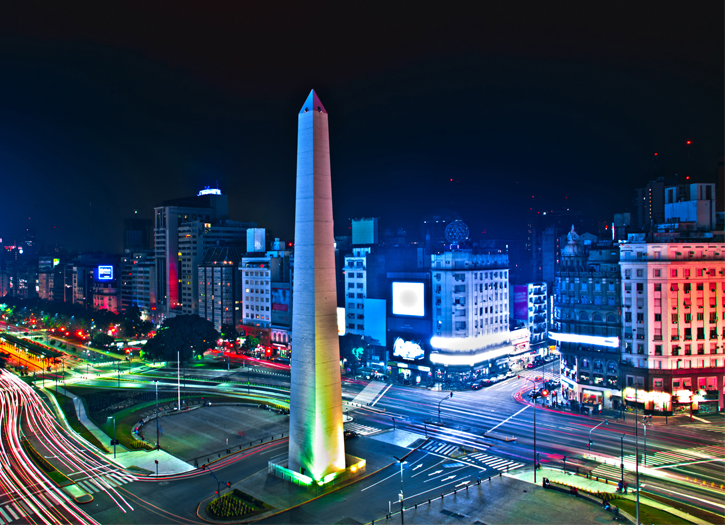On 3 March 2020, the virus was confirmed to have spread to Argentina. As of 7 October 2020 a total of 840,902 people were confirmed to have been infected, and 22,226 people were known to have died because of the virus. Responses to the outbreak have included restrictions on commerce and movement, closure of borders, and the closure of schools and educational institutions. On 11 March, the government also announced a mandatory 14-day-quarantine to every person that returned to Argentina from highly affected countries including China, South Korea, Japan, Iran, the United States and all of Europe.
On 9 August, the Ministry of Health confirmed a total of 61,867 new recoveries on that day. This big jump was due to a revision on the definition of a recovery. This led to a recovery rate of 70% of confirmed COVID-19 cases through the date. That same day, it was announced that the eased lockdown would be extended again until 20 September. August finally concluded with 417,722 confirmed cases, 8,660 deaths and 301,182 recoveries.
Due to the national lockdown, the economical activity suffered a collapse of nearly 10% in March 2020 according to a consultant firm. The highest drop was of the construction sector (32%) versus March 2019. Every economical sector suffered a collapse, with finance, commerce, manufacturing industry and mining being the most affected. The agriculture sector was the least affected, but overall the economic activity for the first trimester of 2020 accumulates a 5% contraction. It was expected that the extension of the lockdown beyond April would increase the collapse of the Argentinian economy.
On March, the primary fiscal deficit jumped to US$1,394 million, an 857% increase year-to-year. This was due to the public spending to combat the pandemic and the drop in tax collection due to low activity in a context of social isolation. On June, industrial production fell 6.6% versus June 2019. This was better than the forecast announced by analysts and a smaller drop than in the previous months since the beginning of the pandemic.
President Fernández announced a 700 billion pesos (US$11.1 billion) stimulus package due to the pandemic, worth 2% of the country’s GDP, and have focused on providing increased health spending, including for improvements in virus diagnostics, purchases of hospital equipment and construction of clinics and hospitals; support for workers and vulnerable groups, including through increased transfers to poor families, social security benefits (especially to low-income beneficiaries), unemployment insurance benefits, and payments to minimum-wage workers. The country may also have to face its ninth sovereign default in history due to the recession.
Measures also have been aimed at encouraging bank lending through lower reserve requirements on bank lending to households and SMEs, regulations that limit banks’ holdings of central bank paper to provide space for SME lending, temporary easing of bank provisioning needs and of bank loan classification rules, and a stay on both bank account closures due to bounced checks and credit denial to companies with payroll tax arrears.According to a survey, approximately 143,000 SMEs would not be able to pay salaries and fixed costs for the month, even with government assistance. 5,000 of these companies are considering to close their business.
The International Monetary Fund (IMF) reported that the COVID-19 crisis would plunge Argentina’s GDP by 9.9 percent, after the country’s economy contracted by 5.4 percent in first quarter of 2020, with unemployment rising over 10.4 percent in the first three months of the year, before the lockdown started. Other reports also indicate that the economy might shrink between 10% to 12% during 2020.Argentina’s economy contracted a record 19.1% in the second quarter of 2020 versus the same period of 2019 as the pandemic crippled production and demand, though was slightly better than analyst forecasts. The previous record was held during the 1998–2002 Argentine great depression, with a 16.3% drop in 2002.
The unemployment rate during the second quarter of 2020 jumped to 13.1%, up from the 10.6% .rate that was held in the same period in 2019, reaching up to 26% in Mar Del Plata, a tourism-centered city. It was the highest unemployment rate since 2004.







Add Comment
You must be logged in to post a comment.